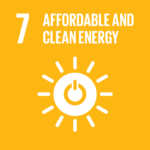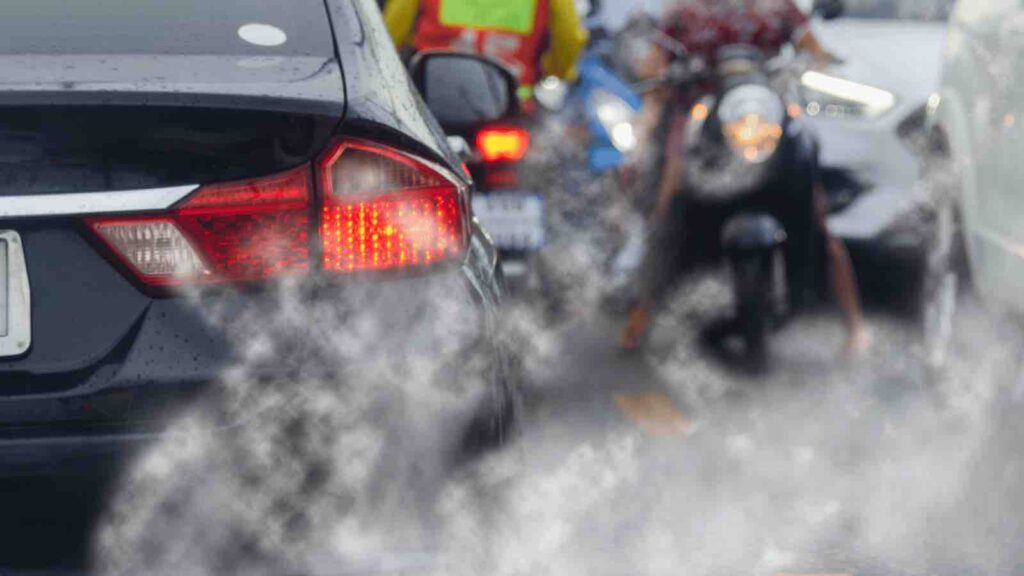Malaysia’s Air Pollution Index showed improvement in the recent annual report analyzing 2022 data, partly due to increased humidity and rain. However, vehicle smoke, industrial emissions, and the burning of plantations for land clearing and landfills remain significant contributors to air pollution.
In recent years, Malaysia has faced a growing air quality challenge, particularly in urban areas. Despite improvements since the 2005 air pollution emergency, the country continues to grapple with climbing transport emissions, industrial activities, and other environmental factors. This article delves into the current state of Malaysia’s air quality and the steps needed to address these new challenges.
RELEVANT SUSTAINABLE GOALS




Malaysia’s Air Quality Challenge
Malaysia’s Air Pollution Index showed improvement in the recent annual report analyzing 2022 data, partly due to increased humidity and rain. However, vehicle smoke, industrial emissions, and the burning of plantations for land clearing and landfills remain significant contributors to air pollution. The country also contends with haze, often exacerbated by forest fires from neighboring Indonesia, and a recent increase in vehicles on the road has led to higher carbon monoxide levels, especially in cities.
2022 saw urban areas in Malaysia recording high levels of PM10, inhalable particles that can have adverse health effects. One major factor impacting Malaysia’s air quality is the increasing number of vehicles on the roads. According to the 2022 report from the Road Transport Department Malaysia, there was a 4.5% rise in registered motorcycles in 2022 compared to 2021, with cars and vans increasing by almost 4% and 2% respectively.
Urban areas in Malaysia are experiencing elevated levels of tropospheric ozone (O3), a secondary air pollutant gas primarily released from industrial emissions and motor vehicle exhausts, especially on hot days. Concurrently, there has been a noticeable increase in carbon monoxide (CO) emissions, mainly attributed to the growing number of motor vehicles, which predominantly run on fossil fuels.
An analysis of urban air pollutants found that newly registered vehicles in Kuala Lumpur contribute approximately 6% of the nationwide emissions. The research showed that PM10 emissions were predominantly from private cars, totaling 214,427 kg, followed by motorcycles at 118,582 kg. Additionally, private cars in Kuala Lumpur were responsible for higher emissions of carbon monoxide and nitrogen oxide (NOx) in 2014 compared to 2010, with figures rising from 9,830 kg of CO and 3,854 kg of NOx to 14,605 kg of CO and 5,726 kg of NOx, respectively.
Malaysia’s Air Quality Compared to Neighbors
Despite the challenges, Malaysia still boasts cleaner air than neighboring countries like Indonesia and Thailand. However, newly registered vehicles in Kuala Lumpur contribute approximately 6% of national emissions, with private cars being the most significant contributors of PM10 and carbon monoxide.
Malaysia has implemented various national policies to improve air quality, including a target to cut carbon intensity against GDP by 45% by 2030. The country’s participation in COP26 further underscores its commitment to reducing greenhouse gas emissions. Efforts are underway to phase out coal use, reduce deforestation, and convert motor vehicles to electric vehicles, aiming to mitigate carbon emissions in Kuala Lumpur by as much as 70% by 2030.
To further improve air quality, Malaysia could adopt more green transport initiatives, similar to successful models in other Asian countries, Europe, and the United States. Incentives for using green technologies and energy-efficient vehicles could encourage a shift towards less polluting transport options. However, the growth of the electric vehicle industry faces challenges such as high costs and slow infrastructure development.
With concerted efforts from stakeholders, Malaysia can make significant strides in combating vehicle-related emissions and preserving its air quality for future generations.
Lead image courtesy of khonkorn from khunkorn (image of smoke pollution from car exhaust pipes, traffic jams on the road).
You may also be interested in :
Right to Clean Air 5 Strategic Actions For Cities To Ensure Everyone Breathe Clean Air


